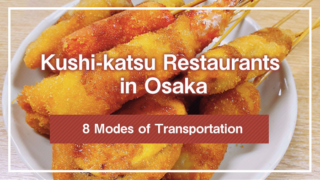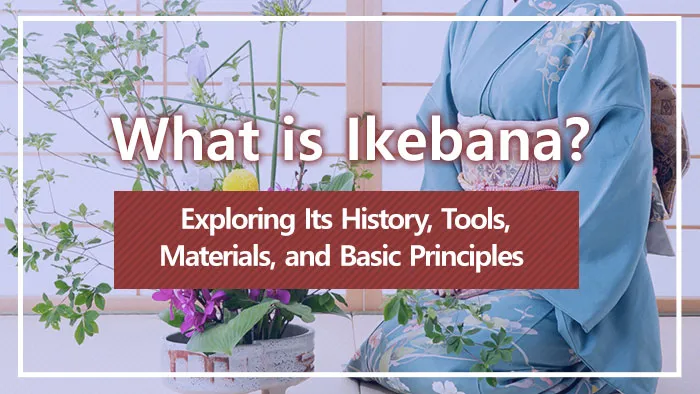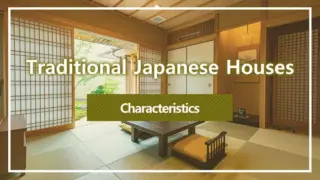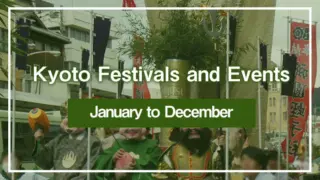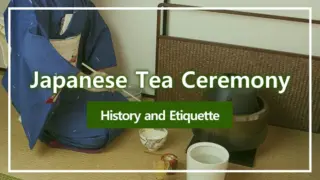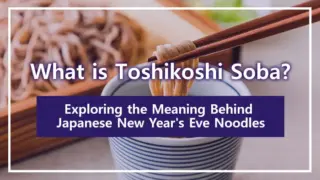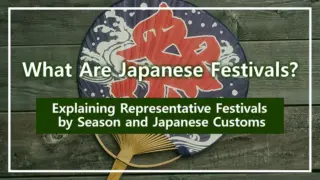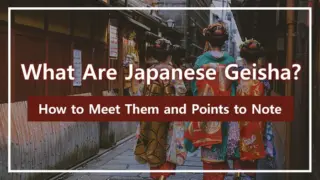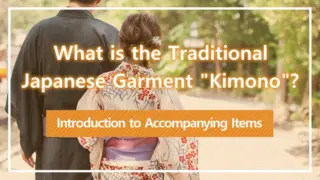Ikebana is a traditional Japanese art form that expresses the beauty of nature and the flow of life through flowers and plants. Its purpose is to contemplate the meaning contained in a single branch or flower and create harmony and tranquility within a space. At its foundation lies a uniquely Japanese aesthetic sensibility that values respect for nature and “understated beauty.” Ikebana is not merely decoration, but an act of calming the mind and sensing the changing seasons.
This article provides a clear explanation of the history, philosophy, and basic principles of Ikebana, introducing them carefully so that even first-time readers can understand.
1. What is Ikebana
Ikebana is a traditional Japanese art form in which flowers and plants are beautifully arranged in vases to express natural harmony and the transience of life. By perceiving the “flow of life” and “changing seasons” embodied in each flower and branch, and expressing this in one’s own way, one can cultivate inner tranquility and richness. Ikebana is a culture that embodies the respect for nature and aesthetic sensibility that Japanese people have cherished.
In recent years, in addition to traditional styles, contemporary works that harmonize with modern spaces and international designs have increased. Having been passed down for over 600 years, Ikebana continues to be beloved as an art form that brings color and peace to people’s lives.
1-1. Origins and History of Ikebana
The origins of Ikebana lie in kuge (Buddhist flower offerings) that came from China along with Buddhism in the 6th century. Monks offering flowers before Buddha in prayer became the prototype for later Ikebana. Additionally, Japan has long had the custom of yorishiro, placing evergreen trees and decorating them with flowers to welcome deities, and this belief also became a spiritual foundation for Ikebana.
During the Muromachi Period (late 14th to mid-15th century), the monk Ikenobo Senkei of Rokkakudo in Kyoto became central in establishing the style of rikka (standing flowers), arranging flowers vertically. Later, chabana (tea ceremony flowers) emerged alongside Sen no Rikyu’s tea ceremony, and the philosophy of “arranging as if in the field” was inherited by Ikebana.
During the Edo Period, with the development of townspeople’s culture, more free and accessible styles like seika and moribana emerged and spread among common people. Thus, Ikebana evolved from religious ritual to an art form breathing within daily life, continuing to the present day.
2. The Purpose of Ikebana: The Philosophy It Expresses
The purpose of Ikebana is not only to beautifully display flowers, but to express harmony between nature and humanity. At the foundation of Ikebana breathe Japanese aesthetics of “simplicity,” “understated elegance,” and “respect for nature.” By using limited flowers and branches to achieve both stillness and movement within a space, it expresses nature’s vitality and the beauty of impermanence.
While Western flower arrangements pursue brilliance by combining many flowers, Ikebana conveys deep meaning with minimal elements. By leaving “empty space” in the composition, it draws out the life and power that flowers inherently possess, giving viewers quiet emotional impact. This beauty of empty space is Ikebana’s greatest characteristic and symbolizes uniquely Japanese sensibility.
Even in modern times, Ikebana is cherished by many as a spiritual art form that calms the mind and brings quiet beauty into daily life.
3. Tools and Materials Used in Ikebana
To beautifully complete Ikebana, not only the flowers themselves but also the selection of tools and vessels is important. The tools used include scissors for arranging flowers, kenzan to support flowers, and vases that determine the impression of the work. Additionally, flower materials such as seasonal flowers and branches are indispensable.
By appropriately combining these tools and natural materials, works that maximize the life of flowers are born.
3-1. Scissors
One indispensable tool for Ikebana is flower scissors. Flower scissors have sharp blades designed to cut branches and stems without crushing plant fibers. This allows flowers to absorb water more easily and maintain their beauty longer.
The handle shapes include warabi-te used in Ikenobo and Sogetsu-ryu, and tsuru-te used in Koryu schools, with differences depending on the school. Choosing scissors that fit one’s hand makes work easier and flower handling more careful.
Left-handed scissors are also available, making them easy tools even for beginners.
3-2. Vases
Vases are elements that influence the impression of Ikebana, and the harmony between flowers and vases enhances the completeness of the work. Vases come in diverse materials including ceramics, glass, bamboo, metal, and acrylic, used according to the flower materials chosen and the theme to be expressed. Tall, narrow vases are often used for rikka and heika, while flat suiban (water basins) are frequently used for moribana.
The appearance of flowers and overall atmosphere change greatly depending on the shape and texture of the vase. Many practice studios lend out vases, allowing even beginners to easily enjoy creating works.
3-3. Kenzan
Kenzan is a tool for fixing flowers and represents a typical flower holder in Ikebana. It has densely standing needles on a lead base, and flower stems are inserted into these needles for stability.
Shapes include round and square types, selected according to the work and vase shape. While metal types were traditionally mainstream, transparent plastic types suitable for glass vessels and sheet types that can be freely cut have recently emerged. Since the stability of flowers changes depending on the weight and shape of the kenzan, it is an indispensable tool for creating works.
Additionally, absorbent sponges used in flower arrangements may be substituted, allowing selection according to usage.
3-4. Flower Materials
Flower materials refer to natural materials such as flowers, branches, and leaves used in Ikebana. In Ikebana, which values seasonal感, various plants are used throughout the four seasons: cherry blossoms and rapeseed flowers in spring, lilies and hydrangeas in summer, autumn leaves and pampas grass in fall, and pine and nandina in winter. It is important to assess branch structure, flower colors, and leaf shapes, selecting them while considering the harmony of the entire work.
In Ikebana, not only flowers but also branches, leaves, and even the relationship with space are considered part of the expression. When selecting flower materials, it is important to respect their natural form while being conscious of the angles and heights at which flowers appear most beautiful. “Harmony with nature,” the essence of Ikebana, begins with selecting flower materials.
4. Basic Principles of Ikebana
Ikebana has principles of beauty that have been passed down since ancient times. At its center is the compositional philosophy of expressing “harmony between nature and humanity” through flower materials. The form and composition of works have clear theories, with “the relationship of heaven, earth, and humanity” and “the beauty of asymmetry” as their foundation.
Understanding these two principles will enable deeper expression of the flow of life that flowers inherently possess and the tranquility of space.
4-1. The Harmony and Beauty of Ten-Chi-Jin
The composition of Ikebana is based on the harmony of Ten-Chi-Jin (heaven-earth-humanity). This is a philosophy symbolizing the order of nature, formed by three main branches called shin, soe, and tai.
The highest shin represents heaven and creates the central line of the entire work. The medium-length soe symbolizes humanity and creates three-dimensional depth through its relationship with shin. The shortest tai represents earth and provides stability supporting the whole.
The three branches are arranged to form a “scalene triangle” when viewed from above. By placing them slightly offset rather than symmetrically, they evoke the fluctuations and movements found in nature. The composition woven by the three lines symbolizes the connection of heaven, earth, and humanity, reproducing natural providence within a small space.
By learning with awareness of this principle, beginners can create beautiful works harmonized with nature rather than mere flower arrangements.
4-2. The Beauty of Asymmetry
Another basic principle of Ikebana is “the beauty of asymmetry.” In nature, forms with perfectly matching left and right sides hardly exist. The way tree branches extend and flowers bloom always has individuality, and it is precisely within that imbalance that the breath of life can be felt. Ikebana idealizes this natural form, avoiding artificial uniformity and symmetry, deliberately creating harmony through unbalanced composition.
Additionally, asymmetric composition has the effect of highlighting “empty space.” Empty space in Ikebana represents silence and breathing, and the space where flowers exist itself is completed as a single beauty.
Conclusion
Ikebana is an art form in which flowers, branches, and space unite to reflect natural order and the power of life. Through basic principles such as “the harmony of heaven, earth, and humanity” and “the beauty of asymmetry,” one can perceive the connection between nature and humanity.
The charm of Ikebana lies in beauty dwelling within tranquility rather than brilliance. Within limited flower materials and space, forms stripped of excess leave deep resonance in viewers’ hearts. Time spent facing flowers amid busy daily life can also become moments of calming the mind.
*This article is based on information available as of Octobe 2025.



